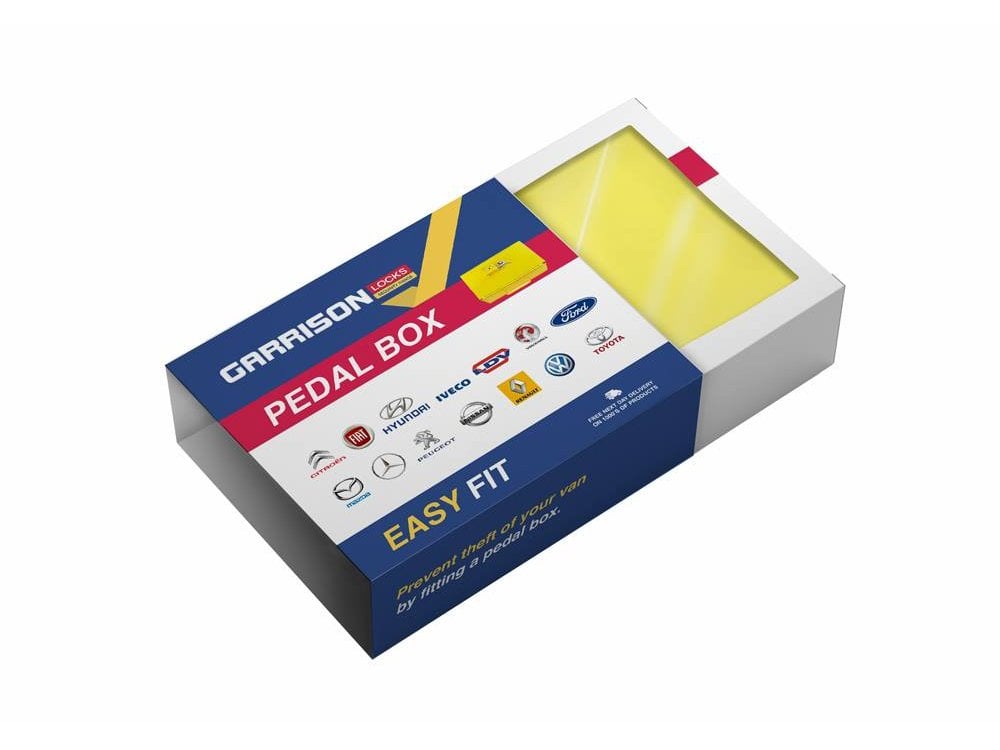Let’s say, for instance, that a hypothetical company has just invested $1 million into long-term fixed assets. Typically, the salvage value (i.e. the residual value that that asset could be sold for) at the end of the asset’s useful life is assumed to be zero. There are a couple of accounting approaches for calculating depreciation, but the most common one is straight-line depreciation. Depreciation calculation methods like Percentage (Declining balance) are more useful as accelerated measures of depreciation, learn more about it here. Straight line depreciation is simple hence there is a low probability of error.
How do you calculate straight-line depreciation?
The formula for calculating straight line depreciation is: Straight line depreciation = (cost of the asset – estimated salvage value) ÷ estimated useful life of an asset.
It is less prone to calculation error risk as it does not involve complex calculations and data. It also does not cause variation in the Profit and Loss Statement of each year as Depreciation is provided uniformly over its useful life. Let’s take an example to understand the calculation of the Straight Line Depreciation formula. Estimated Salvage Value Straight Line Depreciation Calculator is the scrap or residual proceeds expected from a company asset’s disposal after the end of the asset’s useful life. Cost of Asset is the initial purchase or construction cost of the asset as well as any related capital expenditure. A company building, for example, is being used equally and consistently every day, month and throughout the year.
Declining Balance Depreciation Method
The total amount of depreciation for any asset will be identical in the end no matter which method of depreciation is chosen; only the timing of depreciation will be altered. Using the straight line depreciation method in calculating a company’s depreciation of assets is highly recommended because it is the easiest method and results in the fewest calculation errors. Still, the straight-line depreciation method is widely employed for its simplicity and functionality to determine the depreciation of assets being used over time without a particular pattern.
The double-declining balance depreciation method is used to accelerate depreciation so that the asset’s recorded value lost is higher toward the beginning of its useful life and lower toward the end of it. Though straight-line depreciation is used for the majority of assets, there are other methods for calculating depreciation that may be more accurate in particular situations. Below we’ve summarized the two most common alternative methods for calculating depreciation and reasons one might choose to use each. The estimated useful life value used in our calculations are for illustration purposes.
Real Function Calculators
Use a depreciation factor of two when doing calculations for double declining balance depreciation. Regarding this method, salvage values are not included in the calculation for annual depreciation. For accounting, in particular, depreciation concerns allocating the cost of an asset over a period of time, usually its useful life. When a company purchases an asset, such as a piece of equipment, such large purchases can skewer the income statement confusingly. Instead of appearing as a sharp jump in the accounting books, this can be smoothed by expensing the asset over its useful life.
- It is calculated by simply dividing the cost of an asset, less its salvage value, by the useful life of the asset.
- If there is a change in the estimation of value, the corresponding effect is reflected in the depreciable amount and so in depreciation too.
- The value of an asset will most likely decrease over time, depreciation is a way to measure by how much and how quickly an asset declines in value.
- With the straight line depreciation method, the value of an asset is reduced uniformly over each period until it reaches its salvage value.
It would be inaccurate to assume a computer would incur the same depreciation expense over its entire useful life. Accountants use the straight line depreciation method because it is the easiest to compute and can be applied to all long-term assets. However, the straight line method does not accurately reflect the difference in usage of https://kelleysbookkeeping.com/analyzing-a-bank-s-financial-statements/ an asset and may not be the most appropriate value calculation method for some depreciable assets. In addition to straight line depreciation, there are also other methods of calculating depreciation of an asset. Different methods of asset depreciation are used to more accurately reflect the depreciation and current value of an asset.
Partial Year Depreciation
Calculating depreciation accurately will help you avoid an IRS audit or unnecessary penalties for mistakes. Similar to declining balance depreciation, sum of the years’ digits (SYD) depreciation also results in faster depreciation when the asset is new. It is generally more useful than straight-line depreciation for certain assets that have greater ability to produce in the earlier years, but tend to slow down as they age. But, you don’t have to do it yourself, especially if you run a large company with many assets that are liable to depreciation. You can always hire a professional accountant solution to handle this part of your business. The vehicle is estimated to have a useful life of 5 years and an estimated salvage of $15,000.

There’s no guarantee that a depreciation mistake will result in serious consequences, but with layers of protection in place, you can be confident you’re covered for any obstacles that come your way. The salvage value or Residual value of the asset is deducted from the purchase price of the asset to assess the depreciable value of the asset. This salvage value is an estimation of an amount that will be earned when the asset is sold at the end of its useful life. If there is a change in the estimation of value, the corresponding effect is reflected in the depreciable amount and so in depreciation too. According to management, the fixed assets have a useful life of 20 years, with an estimated salvage value of zero at the end of their useful life period. Did you know that the assets you own, lose their value while they are being used?

